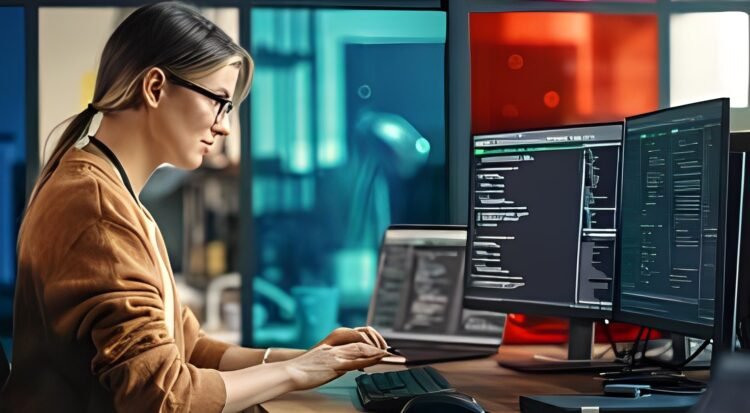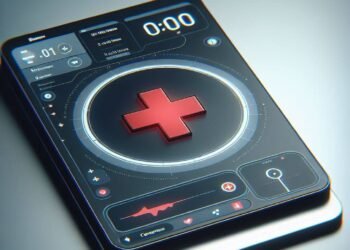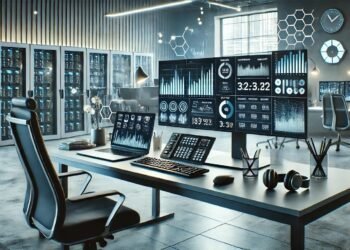Do you know that computer architecture has many such questions which often trouble many people, just as our body has a structure and one organ is connect to another, in the same way a computer also has many organs and those organs are one? are connect to each other. Like one organ in our body is connect to another which tells us what our body has to do? In the same way, each part of the computer tells the other part what work it has to do.
What is Computer Architecture?
Various components of computer and the relationship between them are called computer architecture. The structure of almost all computers is the same. How many parts are there in a computer? Computer has three main parts, which are as follows
- Input/Output Unit
- Central Processing Unit
- Memory Unit Input Unit
Through input device we input our data or instruction or program into the computer. Which is receive by the CPU and stored at the appropriate place in the memory. When require, ALU takes data and instructions from the memory itself, where processing is done as per the orders of the control unit and the results are send to the output device or kept in the memory again. All other units work under the control of the control unit.
Input Unit
Input units are the hardware that sends data to the computer. Without an input unit, the computer becomes a display unit that looks like a TV, due to which the user cannot do any work. The function of input unit is to give whatever data or instruction we give to it in our language. They convert it into binary code and send it to the computer (i.e., CPU).
The following tasks are perform by the input unit:
- It reads or accepts the instructions and data given by the user.
- It changes instructions and data into a form acceptable to the computer.
- It sends these instructions and data in changed form to the computer for further processing.
Output Unit
The units which are use to display data and instructions as results are call as output units. The function of output units is to display the results obtained from the computer in binary code. Makes it available to us by converting it into suitable symbols or language and images. The following tasks are perform by the Output Unit. It accepts the results given by the computer, which are in the form of binary codes and which are difficult for us to understand. It transforms the results given in the form of code into a form that we can read or understand.
Central Processing Unit (CPU)
CPU is the processing unit and that part of the computer, in which Arithmetic and Logical Operations are perform and instructions are decode and execute. It controls the entire operations of the computer. CPU is called the brain of the computer. The CPU of a microcomputer is also call as Microprocessor. It controls the external and internal devices of the computer.
Following are the main functions of CPU:
- It transfers instructions and data from main memory to registers.
- Executes instructions sequentially.
- When required, it transfers the output data from registers to main memory.
Arithmetic and Logical Unit (ALU)
As its name implies, all types of arithmetic operations (Add, Subtraction, Multiply and Divide) and comparisons (telling between two numbers which is smaller or larger or both are equal) are perform for the CPU in this unit. Are done in. This unit is made up of many such circuits, in which if two numbers are sent from one side, their Sum, Difference, Product or Quotient is receive from the other side. In this, all the operations are done in binary system. It contains many special bytes, which are call as Resisters, to temporarily store or keep the receive numbers and results of actions.
Registers
Register is a device or instrument in which data is store. Registers are very fast temporary storage devices. Registers rank highest in the memory hierarchy and provide the fastest way for the CPU to access data. These Registers are use extensively to provide the fastest speed to the execution of a program.
Control Unit
The work of this part is most important. It monitors the functions of all the parts of the computer and sends appropriate commands to coordinate them. Its most important and first function is that the program we want to follow, it reads it sequentially from the memory, analyses it and makes us follow it. To ensure that any instruction is follow, it issues appropriate instructions to all other parts of the computer. For example, the memory can be order to store some data at some place or pick up (read) it from there and send it to the ALU.













